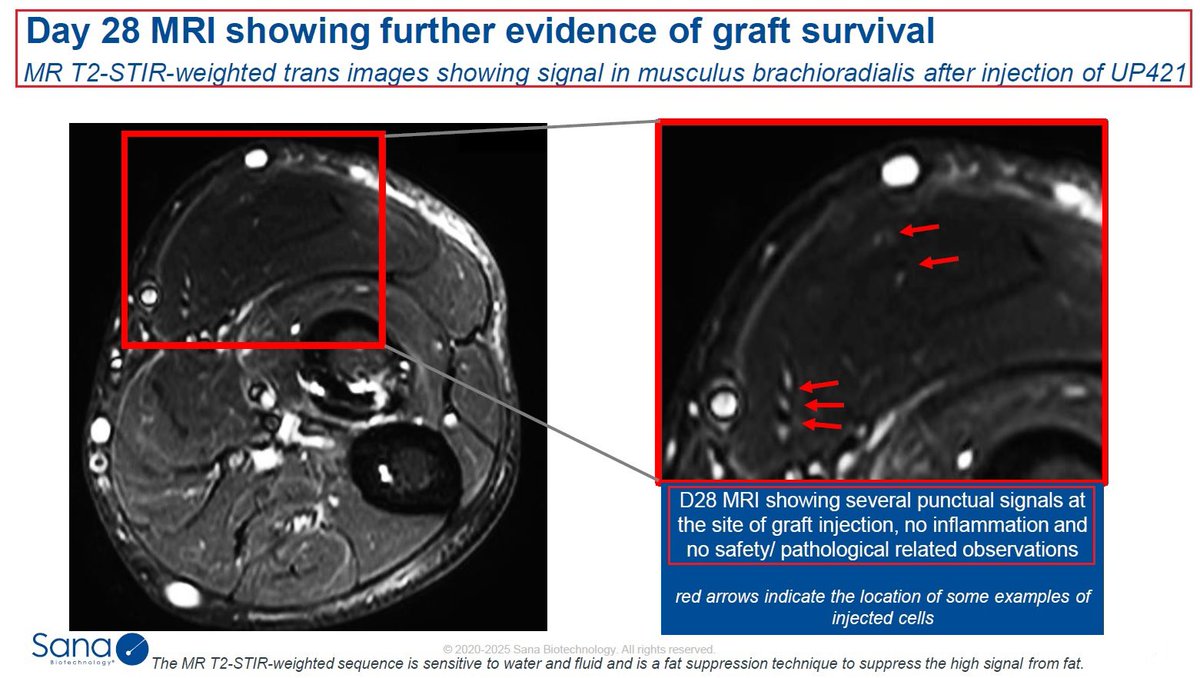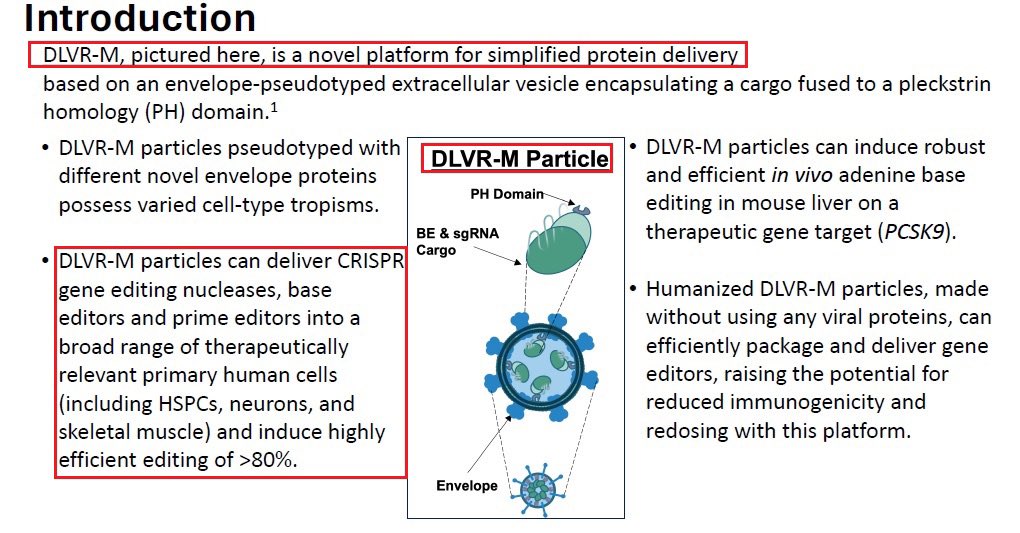1/@LineageCell announced it entered an exclusive option & license agreement with $ERNA for the development of novel B2M deficient induced pluripotent #stem #cell #iPSC by using Eterna’s #GeneEditing technology thus developing therapies for #CNS diseases. #BioTech #CRISPR $LCTX 

2/The new cell lines - to be developed by $ERNA, will support the creation of additional product candidates at $LCTX and specifically for the treatment of central #nervoussystem #CNS disorders & other #neurology targets via Eterna’s IP #CRISPR collaboration with @FactorBio 

3/This agreement will also allow @LineageCell to enter the #CRISPR field and will provide $LCTX an option to obtain an exclusive license to utilize & sublicense $ERNA novel #GeneEditing cell lines for #preclinical, #clinical, & commercial purposes in the field of CNS diseases. 

4/A feature of the starting #cell line is the targeted deletion of the B2M gene, which is designed to reduce the immunogenicity of product candidates derived from the lines by inhibiting rejection by CD8+ T cells. 

5/@LineageCell & $ERNA intend to initiate additional planned #GeneEditing platforms that may further differentiate the cell line from others currently in use by competitors. Financial terms of the collaboration between $LCTX & $ERNA were not disclosed.
• • •
Missing some Tweet in this thread? You can try to
force a refresh

















